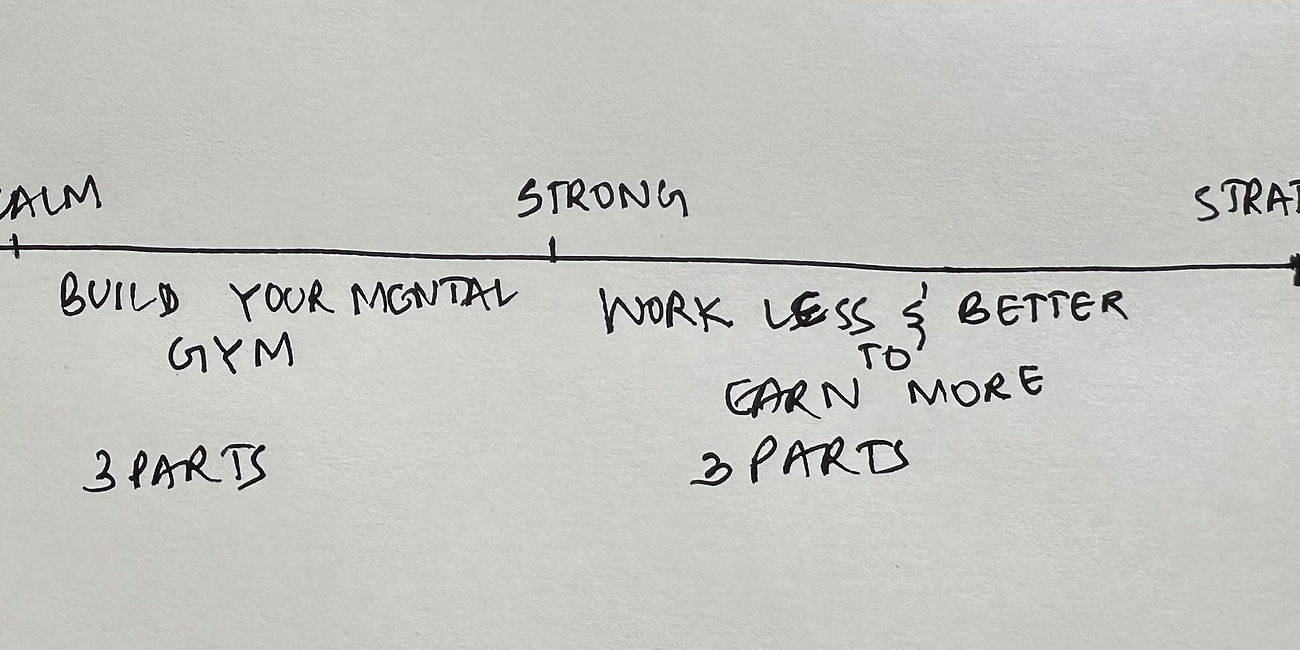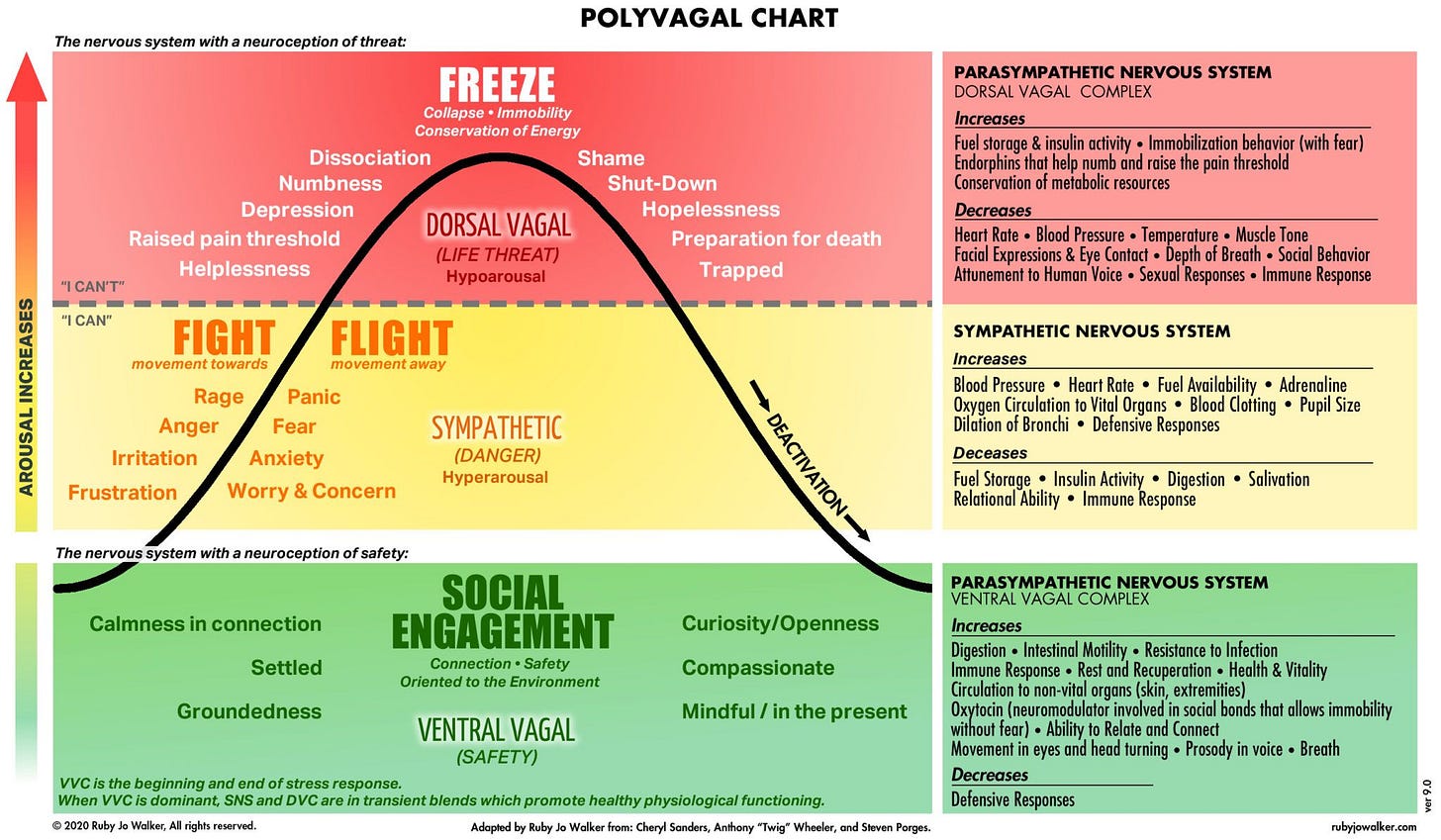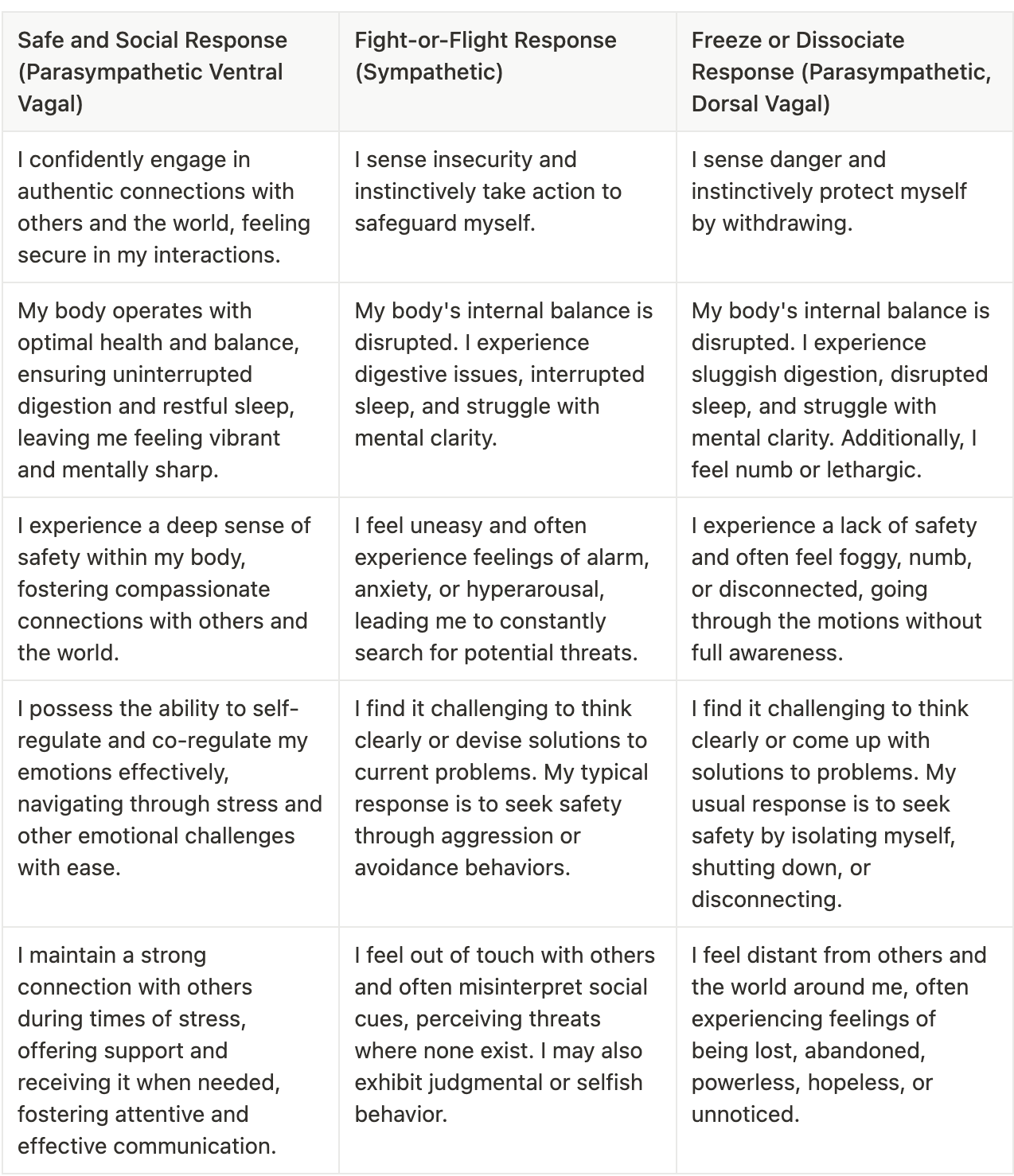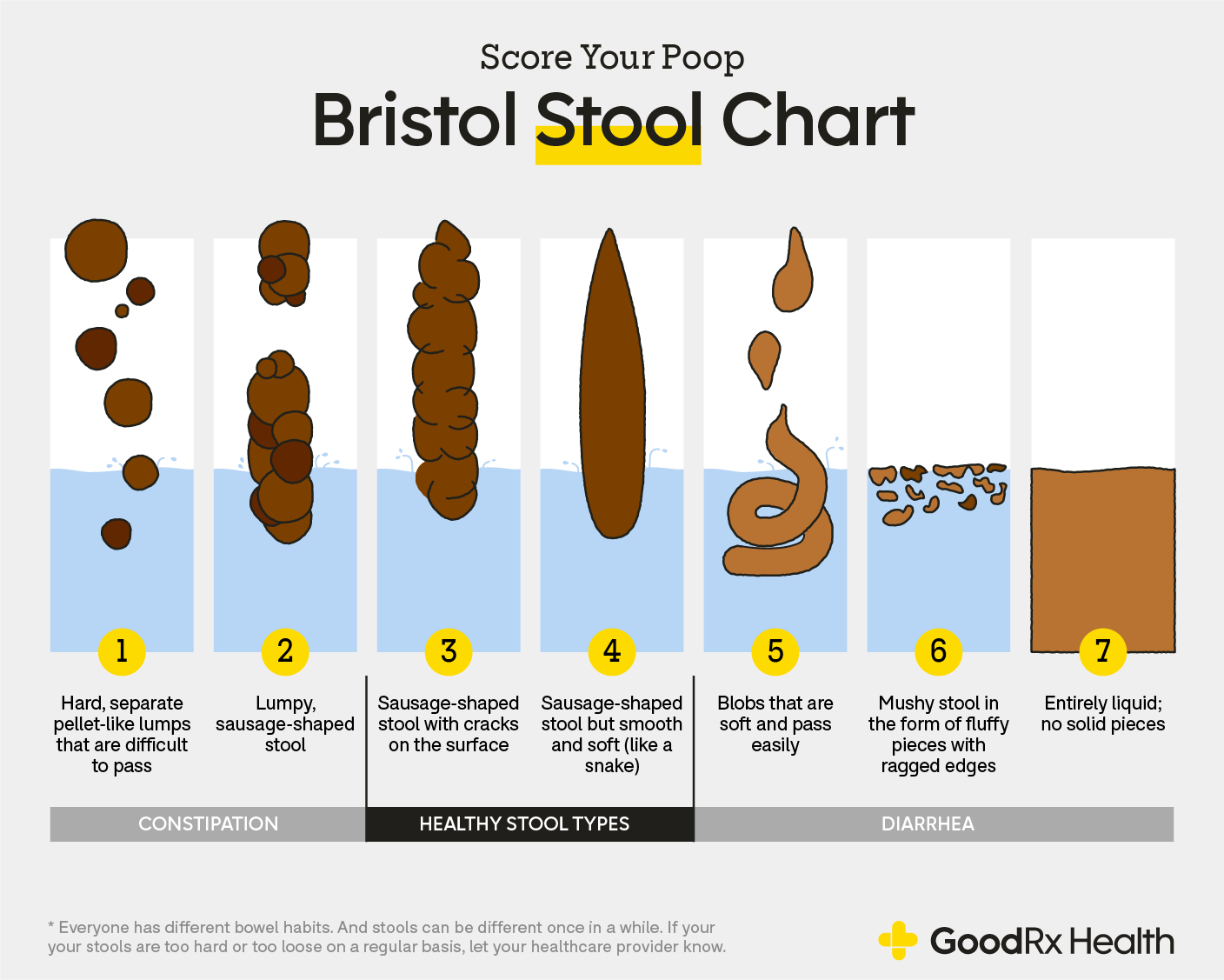Build Your Mental Gym Part 2 of 13: What Kind of Dysregulation Are You Experiencing?
Introduction to the Series:
Build Your Mental Gym: A Brain Health Protocol for Women in Tech (in 13 parts)
You’re ambitious, driven, and focused. You’re constantly climbing, always pushing yourself, and you’ve learned to navigate a world that demands relentless hustle. But lately, things aren’t adding up the way they should. You’re “wired but tired,” struggling with the fog, fatigue, and hormonal chaos. No matter how much you optimise, there’s a nagging sens…
What To Expect: Every woman has her own stress fingerprint. It is a unique constellation of signals her body sends when things start to slip out of balance. Maybe your chest tightens before a difficult conversation. Maybe your jaw stays clenched long after you’ve closed your laptop for the day. Maybe you’re holding your breath without realising it, stuck in hyper-focus mode for hours, only to crash by 7 PM. These are not your quirks or personality traits, even though popular culture might have convinced you of this. They’re your nervous system waving a flag.
For years, I brushed past my own flags. I thought being “wired but tired” was normal. I didn’t realise that my perpetual state of urgency — the tight stomach before every investor call, the weekend migraines, the irritable snap in my voice by Friday night — was actually my nervous system stuck in high gear, unable to downshift. And the truth is, many of us live like this for so long that it starts to feel like the baseline.
But it doesn’t have to be.
In this chapter, we’ll decode the language of your nervous system. You’ll learn how to identify your own stress signals, from physiological cues like a racing heart or disrupted sleep, to more subtle ones like procrastination, perfectionism, or emotional numbness. We’ll use a mix of tools: wearables, biomarkers, breath patterns, sleep tracking, and simple lifestyle observations. The goal is obviously not to create more noise or work for you in the long term. It is to help you hear what your body is trying hard to tell you!
I don’t want you to obsess over the metrics. If at any time, looking at all this data makes you feel worse and more out of control, please take a break from this activity. We want this data to help us, not burden our already overflowing to-do lists even more. It’s about building awareness. About finally understanding the difference between being productive and being in survival mode. About catching yourself in the early stages of depletion before it spirals into burnout, brain fog, or hormonal chaos.
You’ll walk away with a personal map of how your stress shows up and, more importantly, how to respond to it with precision, rather than self-judgment.
Because the goal here isn’t just to feel better. It’s to rebuild the foundation that helps you show up fully at work, at home, and most importantly, for yourself.
ACTIVITY: What kind of nervous system dysregulation are you experiencing?
A Note Before You Begin
What you’ll learn in this section isn’t meant to be absorbed once and filed away. These insights are living tools, ones you’ll return to again and again as life stretches you in new ways.Whether you’re entering a new role, navigating motherhood, healing from heartbreak, or simply trying to sustain your energy through a demanding year, your nervous system will keep evolving, and so will your relationship with it.
I encourage you to revisit this material at different points in your journey. Each time, you’ll notice something new. A shift in awareness. A deeper understanding of yourself. A new layer of strength you didn’t know you’d built.
That’s the real work and the real gift. Not perfection, but practice. Not fixing, but fine-tuning.
You’re not meant to stay the same. You’re meant to grow into the next version of yourself with more ease, more clarity, and more capacity each time.
Step 1: Identify which state you are in right now.
Use the Chart to Identify Your State: Start by locating yourself on the regulation spectrum using the chart provided. It outlines the three core states of your nervous system: sympathetic (the wired, fight-or-flight response), parasympathetic (the grounded, rest-and-digest zone), and dorsal vagal (the heavy, shutdown freeze).
Take a moment —not to analyse or fix— to gently observe. Are you feeling activated and on edge? Numb and checked out? Calm but alert? Your body already knows where you are. Let the chart help you name it. That act alone can shift something.
Identify the kind of active neuroception in your body: Neuroception is your body’s built-in surveillance system — a subconscious process that constantly scans your environment (and your inner world) to assess whether something or someone is safe, dangerous, or life-threatening. It’s not logical, and it’s not conscious. It’s primal. Your nervous system makes these decisions before your brain has time to form a thought.
This is why you might feel your chest tighten in a tense meeting, even if no one has said anything directly to you, or why you instinctively flinch at a raised voice, even if it’s not directed at you. It’s the same mechanism that soothes a baby in the arms of a parent but unsettles them in the presence of a stranger. Neuroception reads cues of safety or threat without needing evidence.
Once your system perceives a threat, it doesn’t just stop there. It keeps scanning —over your shoulder, the footsteps walking towards your room, a subtle change in your boss’s tone, your email inbox, your to-do list, sudden quiet as soon as you walk into a room, your own inner chatter— until it’s convinced the danger has passed. Until then, your body stays on alert, even if the stressor isn’t “rational” or visible.
Understanding how your neuroception is activated and what tends to trigger it is one of the most powerful steps in reclaiming regulation. What your body perceives as a threat might be very different from what your mind believes is “fine.” When those two are out of sync, chronic dysregulation creeps in silently.
Internal Neuroception: Below is a table to help you identify how your body responds to states of perceived threat. Take a moment to reflect on the physical sensations and emotional responses you experience in these moments, and use this as a tool to tune into your nervous system’s cues. The more aware you become of these signals, the easier it will be to guide yourself back into balance.
External Neuroception: Your body is constantly scanning the environment for stressors, and the way it reacts is reflected in biomarkers — key signals of how your nervous system is handling stress. Tracking these indicators gives you a clearer picture of your body’s state in real-time.
Resting Heart Rate (RHR): Your RHR shows how well your heart recovers after exertion. An elevated RHR suggests your body is stuck in a state of stress. If you notice this, it could mean your nervous system is on high alert, signaling a need for rest and recovery.
Heart Rate Variability (HRV): HRV measures the variation in time between heartbeats. Higher HRV means your body can recover from stress, while low HRV indicates your system is under strain and struggling to bounce back. Monitoring your HRV can help you assess how well you're managing stress and recovery.
Blood Pressure (BP): Chronic stress can keep your BP elevated, signaling that your body is in "fight-or-flight" mode. If you notice consistently high BP, it’s a sign that your nervous system is overworked and needs a break.
Breathing Patterns: Stress causes shallow, rapid breathing, signaling your sympathetic nervous system is active. Slow, deep breaths indicate your parasympathetic system is at work, helping you calm down. Monitoring your breathing can help you gauge how stressed you are and guide you to take steps toward relaxation.
By paying attention to these biomarkers — RHR, HRV, BP, and breathing patterns — you get real-time feedback from your body about its stress levels. This awareness helps you take control of your nervous system, creating space for recovery and balance.
Holisitic Regulation Protocol for Fight-and-Flight State
Holistic Regulation Protocol for Freeze State
Holistic Regulation Protocol for Overall Menstrual & Brain Health
Track Your Health
Tracking devices offer a convenient way to monitor key physiological indicators, allowing us to make informed decisions about our health.
Step 1: Set up a period tracker
Tracking your menstrual cycle helps you build awareness of your body’s changing rhythm. By consistently logging cycle data, you begin to understand how hormonal shifts impact your mood, energy, focus, and overall mental clarity across different phases of the month.
Choose a high-quality app with solid privacy controls. Avoid using pen and paper, your Notes app, or calendar tools. They don’t give you the kind of data integration we’re looking for. I personally use and recommend Flo Period Tracker. If you’re in any of the countries listed below, you may be eligible for free access to their premium features.
Some other options for period trackers:
Clue: has a free version and is connected with Ultrahuman Ring
Natural Cycles: connected with Oura Ring and Apple Health
Wild.AI: can connect with Apple Health; best if you’re looking at cycle-syncing actively
If life allows, can you also track whatever you can from the below list throughout the month (where relevant)? This will give us a comprehensive picture of your menstrual health throughout the month and any potential hormonal imbalances that would be relevant in our work together:
Colour of period blood
Flow intensity (heavy to light)
Clotting
Spotting or bleeding between period cycles
Breakouts and oil production
Any headaches
Cramps
Sync the data to your phone’s native health app so that all your health data can exist together.
Step 2: Set up a sleep and heart data tracker
Quality sleep and a healthy heart are non-negotiables for anyone trying to thrive in high-performance, high-cognitive-load environments, whether professionally or personally. Tracking your sleep patterns and heart rate variability (HRV) gives you a behind-the-scenes look at how well your body is recovering from daily stressors, physically, mentally, and emotionally.
This data helps you make smarter decisions about your recovery. It tells you when to push, when to pause, and when to go all in on rest. Over time, this becomes the foundation for sharper focus, more consistent energy, better mood regulation, and deeper creativity, all critical if you’re leading teams, building products, or navigating complex decisions daily.
Get a product that you will feel comfortable using while you’re sleeping:
Ultrahuman Ring: I use this myself as I like the comfort of wearing it at night. Use my referral link to get 10% off on your purchase. (Alternative: Oura Ring, but it’s not available directly in India)
Wrist Bands: Whoop
Watches: Apple Health or Coros. I use Coros for my running training only and highly recommend it if you’re an athlete in the making. However, I find watches obstructive to wear when I’m sleeping so prefer the ring for that.
Sync the data to your phone’s native health app so that all your health data can exist together.
Optional: Poop Tracking
It might not be the most glamorous metric, but your bowel movements are a direct window into your gut health — and your gut is deeply connected to your nervous system. A well-functioning digestive system supports everything from emotional regulation to mental clarity, thanks to the gut-brain connection.
Tracking your poop can help you spot early signs of imbalance, like inflammation, poor nutrient absorption, or stress-related disruptions. It’s a simple yet powerful way to check in with how your body is actually processing your day-to-day habits — food, hydration, sleep, and stress included.
Thankfully, we’re not guessing in the dark here. In 1997, Dr. Ken Heaton from the University of Bristol developed what’s now known as the Bristol Stool Chart. It is a simple, visual guide created through a clinical study that measured how long food took to travel through the digestive system using radiopaque pellets. Participants also kept detailed logs of their stool consistency. The result is a reliable framework to help identify issues like slow transit time, gastrointestinal distress, or even potential food sensitivities. It’s now a widely used diagnostic tool and an easy way for you to tune into your gut’s signals.
💡 The Real Value of Tracking Lies in Interpretation: Wearables and trackers can give you useful data, but they don’t tell the whole story. It’s easy to get caught up in numbers whether it is chasing an ideal HRV score or worrying about a single bad sleep night. Don’t. Instead, use the data as a tool, not a verdict. Layer it with your lived experience. How are you feeling physically, emotionally, and mentally? What patterns are emerging over time? Your body is always communicating with you. The real magic happens when you learn to listen.
Step 2: Once you’ve identified your current state using the chart above, head to the corresponding sub-section within this module.
Each sub-section contains targeted recommendations based on your biomarker data and nervous system state. These are adaptable tools that are designed to work for you. Begin by implementing the suggested practices and observe how your body responds. Some interventions might stretch you gently—this is good. Others may feel too activating or unsettling—pause there. Your comfort and safety come first. Pick what works and let go of what doesn’t.
Choose only the holistic protocol that relates to you.
You’ll also find a community comment thread at the bottom of each lesson. Use it. Ask questions, share what’s working (or not), and learn from others who are moving through similar phases. This is where deeper integration happens: in shared reflection, not just solo study.
Holisitic Regulation Protocol for Fight-and-Flight State
Holistic Regulation Protocol for Freeze State
Holistic Regulation Protocol for Overall Menstrual Health (use this to strengthen your nervous system)
Optional: Identify your triggers for each category of unrest
💡 Disclaimer: This exercise is best done in collaboration with a licensed psychologist, psychiatrist, or mental health practitioner. Self-diagnosis carries risks, and professional guidance is highly recommended.
Identify Triggers: Take a moment to reflect on the situations, people, environments, or internal narratives that tend to tip you into dysregulation. What sparks that wave of anxiety, shutdown, or irritability? Use the framework of the three states—sympathetic, parasympathetic, and dorsal vagal—to begin categorising them. This could range from conflict with a colleague, overstimulation from social media, to persistent inner pressure to “get it all right.” No trigger is too small or too strange to note. Your nervous system has it’s own logic to operate on and felt perception is primary in that toolkit.
Distinguish Minor and Major Threats: Map out which of your triggers are minor stressors (like tight deadlines, traffic, or a snide comment) that tend to activate a fight or flight response, and which ones are major (the ones that send you into freeze, shutdown, or emotional numbness). These might include events like a job loss, a toxic relationship pattern, or unresolved trauma. Being able to distinguish the magnitude of your triggers gives you clarity on how to respond, and when to seek support.
💡 This might feel like a lot to take in and that’s because it is. I won’t tell you this is easy. Doing this work requires effort, honesty, and a willingness to face things you may have avoided for a long time. It’s hard, and you’ll likely meet resistance along the way. But it’s also deeply worthwhile. With time, you’ll begin to see the light at the end of the tunnel, not because everything magically resolves, but because you’ve built the tools to navigate it differently.
Section 1: Nervous System Regulation
Part 1 of 13: Wired But Tired? Start With Your Nervous System
Part 2 of 13: What Kind of Dysregulation Are You Experiencing?
Part 3 of 13: Holistic Regulation Protocol for Fight-or-Flight (For When Your System is Stuck in Overdrive)
Part 4 of 13: Holistic Regulation Protocol for Freeze (When You Feel Numb, Stuck, or Shut Down)
Part 5 of 13: Holistic Regulation Protocol for Overall Menstrual & Brain Health (Part 1; Part 2)
Part 6 of 13: Understanding Your Type of Tired
Part 7 of 13: Restorative Protocols for the 7 Types of Unrest
Section 2: Build Your Mental Gym
Part 8 of 13: Neurotransmitters: The Gut-Brain Axis and Fuelling for Nervous System Regulation
Part 9 of 13: Neuroplasticity: The Vagus Nerve
Part 10 of 13: Neurogenesis: Interoception and Exposure to Hormetic Stress
Section 3: Work Less & Better to Earn More
Part 11 of 13: Peak Performance Training
Part 12 of 13: The Power of Creative Flow
Part 13 of 13: Productivity 101
Disclaimer: Understanding Research in Female Health and the Female Brain
The content provided in this series, "Build Your Mental Gym: A Brain Health Protocol for Women in Tech (in 13 parts)," is intended for educational purposes only and should not be construed as medical advice, diagnosis, or treatment. The information presented here is based on existing and available research in female health and the female brain, but it is essential to recognize that scientific understanding in these fields is continuously evolving.
1. Limited Scope of Information: The material covered in this series offers a general overview of topics related to nervous system regulation, with a focus on how it pertains to women in the field of technology. While efforts have been made to ensure the accuracy and relevance of the information presented, it is not exhaustive and may not encompass all aspects of female health or brain function.
2. Individual Variability: It is essential to recognize that individual experiences and health conditions may vary significantly. Factors such as genetics, lifestyle, medical history, and environmental influences can all impact an individual's nervous system regulation and overall well-being. Therefore, the information provided should not be applied universally without consideration of individual circumstances.
3. Consultation with Healthcare Professionals: Participants are encouraged to consult with qualified healthcare professionals or medical experts regarding any specific health concerns or questions they may have. While the content presented in this series may offer valuable insights, it is not a substitute for professional medical advice or personalised healthcare recommendations.
4. Evidence-Based Practices: Where applicable, the series content may reference evidence-based practices or findings from scientific research studies. However, it is important to recognise that research findings may be subject to interpretation, replication, or revision over time. Participants are encouraged to critically evaluate the evidence presented and consider the credibility and relevance of research sources.
5. Gendered Nature of Research: It is crucial to acknowledge the historical and ongoing gender biases present in scientific research, which have often resulted in a lack of comprehensive understanding of female-specific health issues and brain function. The underrepresentation of women in clinical trials and research studies has contributed to gaps in knowledge regarding the unique physiological and neurological characteristics of women. As such, participants should be aware that certain aspects of female health and brain function may not be fully understood or adequately researched.
6. Legal and Ethical Considerations: The creator of this series has made reasonable efforts to ensure that all content complies with applicable legal and ethical standards. However, the information provided should not be construed as medical advice.








